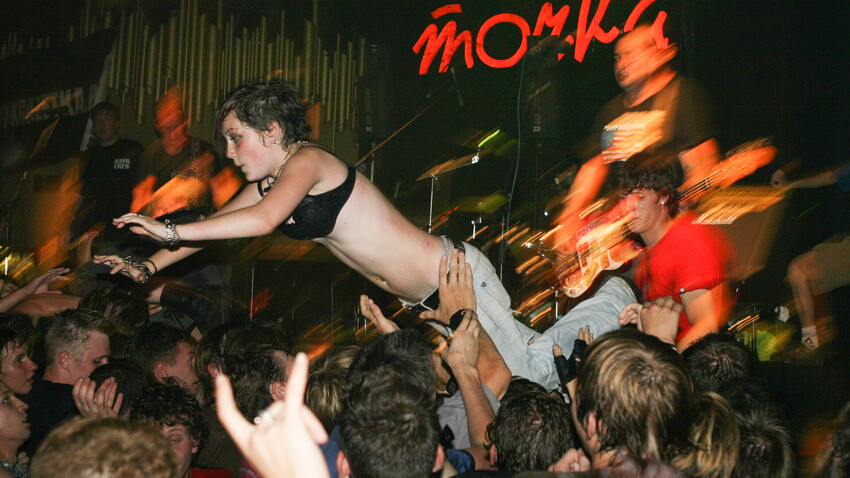
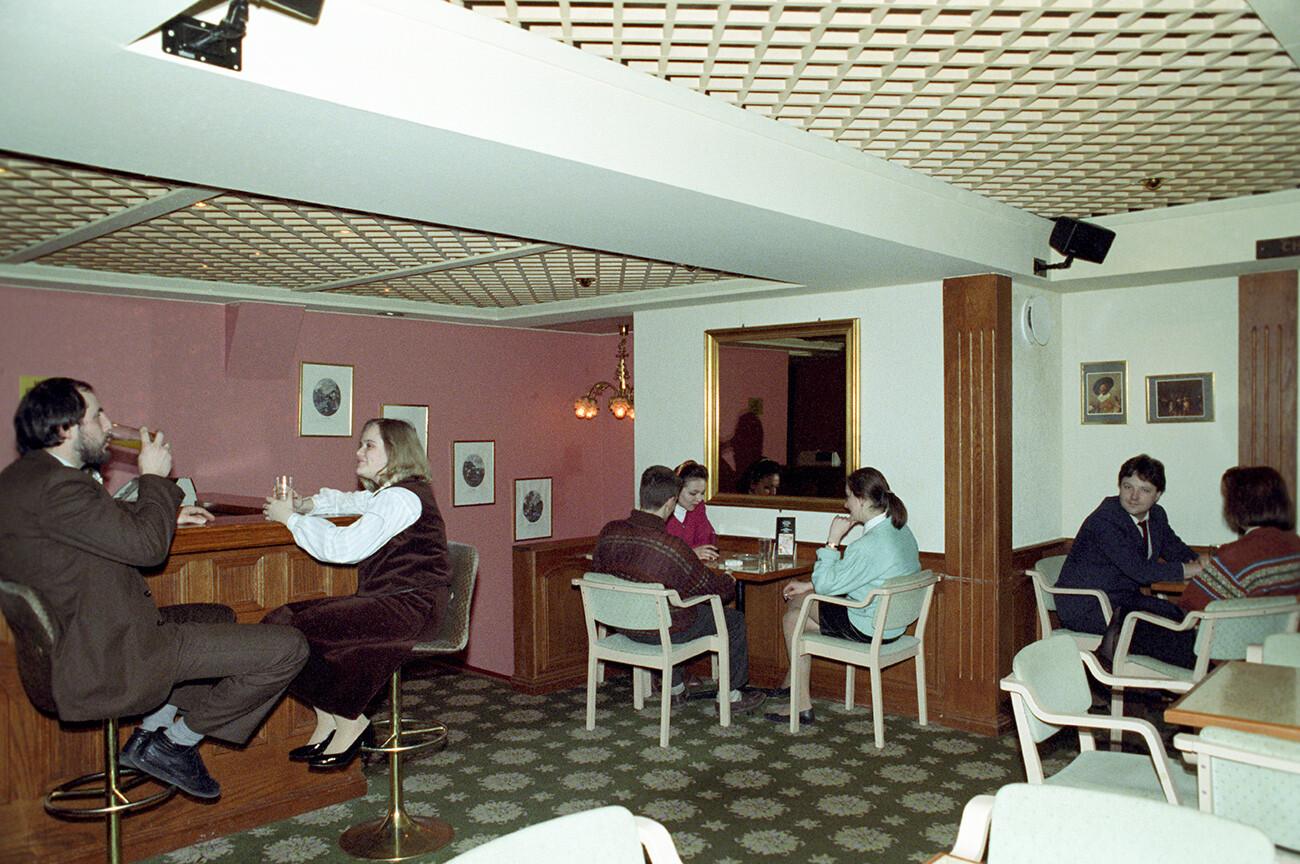
The first proper nightclub to appear in Moscow, situated in the heart of the city, on Tverskaya Street, opened in collaboration with entrepreneurs from Sweden (later earning it ‘the Swedish Embassy’ moniker). In the 1990s, the place stood out, thanks to its clientele - made up predominantly of gangsters and foreigners. However, by the start of the new millennium, regular Muscovites were increasingly spotted inside.
Co-founder Yuri Giverts later recalled the prevailing atmosphere: “We did get the occasional raspberry-colored suit (these were normally worn by the so-called ‘New Russians’ - businessmen and often unsavory characters, who made a fortune during the 1990s). But, they weren’t in their natural habitat here, feeling uncomfortable, like a foreign presence, as they couldn’t really express their power fully. They relied heavily on demonstrating their coolness and the club wasn’t really the place for that.”
‘Night Flight’ quietly vanished in 2020. A ‘Vareniki’ cafe now rents the retail space.
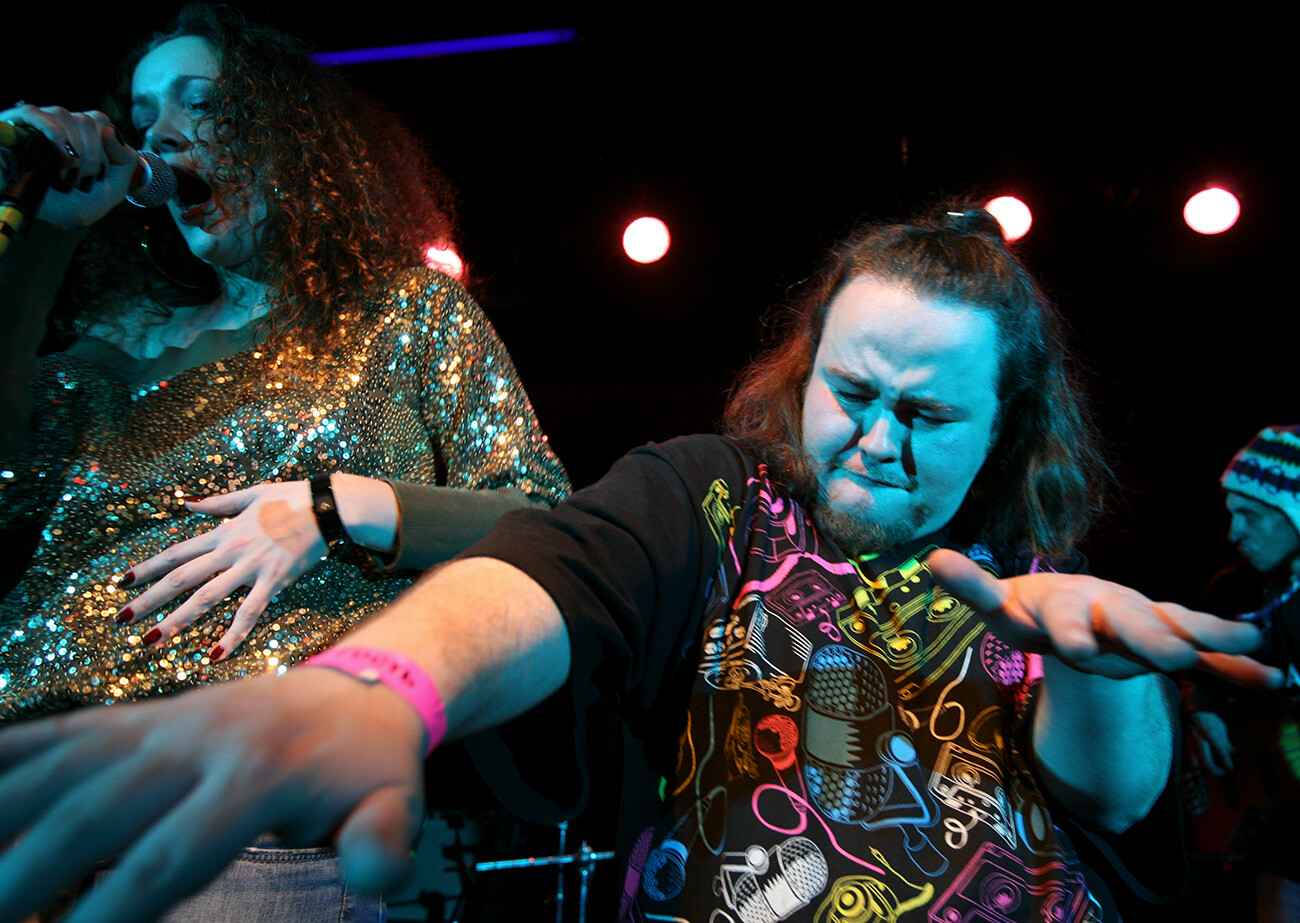
The club was named after American songwriter Merle Travis’s 1946 song, dedicated to toiling miners. The song itself can be heard before the start of every show to this day.
‘16 Tons’ initially garnered its fame for guitar-based bands. The idea was to gather as much rock under one roof as possible, both the domestic and international kind: ‘The Residents’, ‘Pizzicato Five’ and even Marilyn Manson visited the intimate venue (although, much to the sadness of the surprised club guests at the time, he never actually performed)!
The shows always created furore among the night crowd, with other clubs soon following suit.
The club - which is actually an English-style pub on the first floor - is still open, and continues to invite cutting-edge musical projects from a variety of genres. Although much has changed, the owners have remained and so has the distillery - the place brews six kinds of its own craft beer.
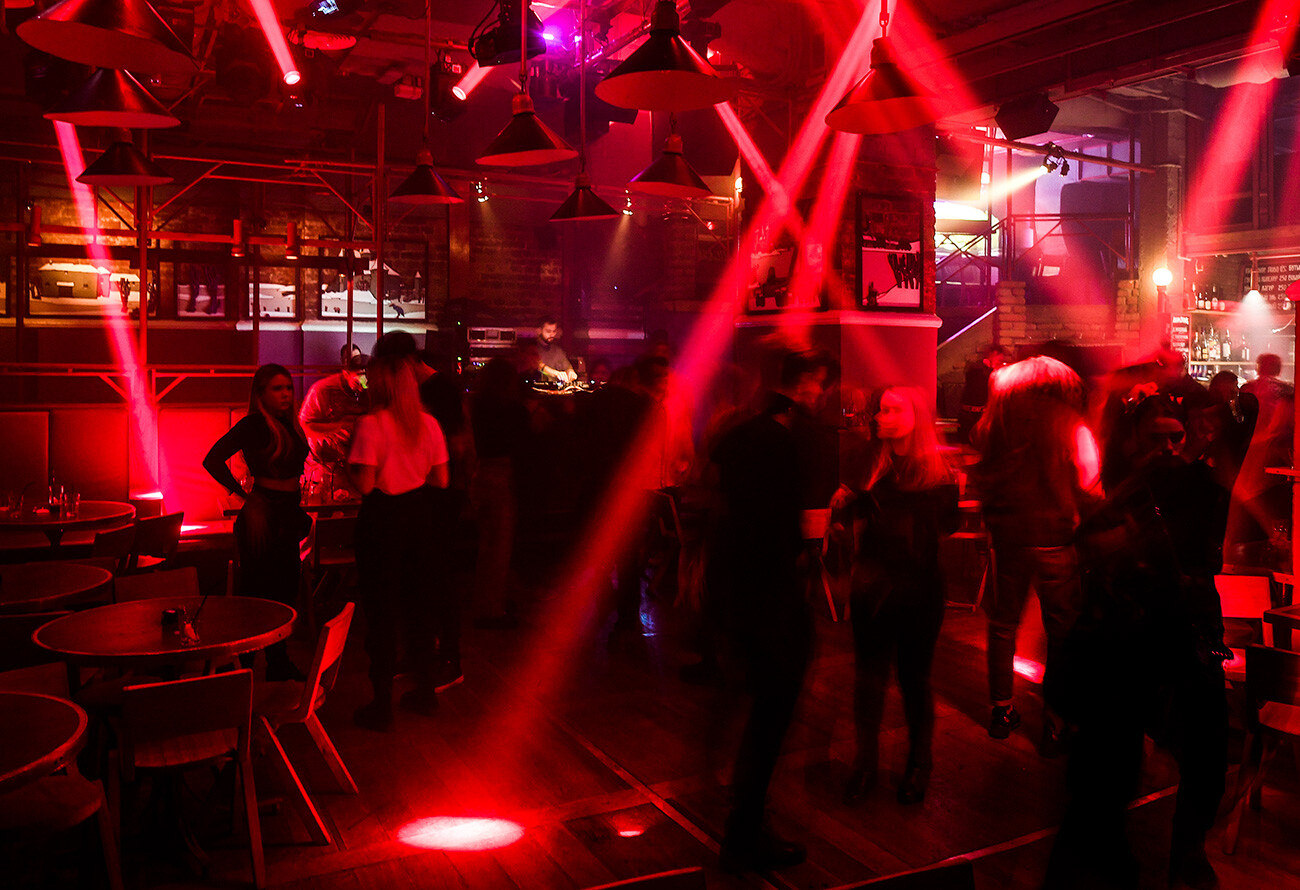
One of the first nightclubs in Moscow has managed to survive for nearly three decades and remains in the top echelons of night spots in the Kitay Gorod area to this day.
‘Sanchez Thursdays’ is where it’s at for a lot of people, where DJ Sanchez plays 4/4 stuff, including deep house and techno, as well as hosting international underground stars. The place is open seven days a week and isn’t limited to electronic music - there’s everything there from jazz to hip-hop and so on. Fridays and Saturdays, however, are reserved specifically for the darker techno crowd.
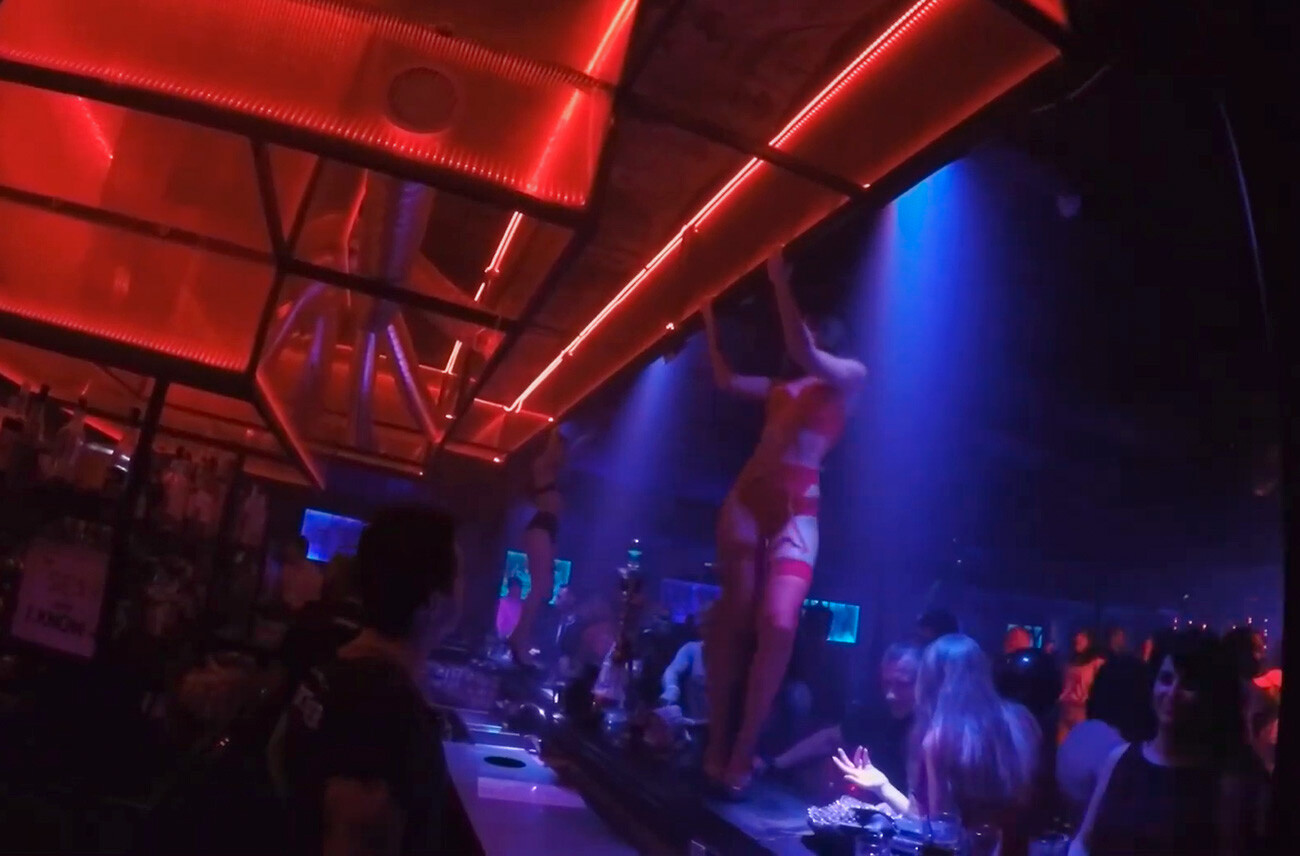
The club laid the foundations for the “afterparty” concept in Moscow, although the crowds normally gathered earlier, around midnight, when doors opened. Parties could often last into the afternoon of the following day.
The clientele always went for the safe atmosphere, legendary bartenders and, of course, the deep house and techno acts from home and abroad.
“Totally different people could be seen there,” Irina, one of the regulars, remembers. “You had the students, the white collar folks, trendy artists and nightcrawlers, often 40 years of age - and, of course, the various freaks made an appearance, as well.”
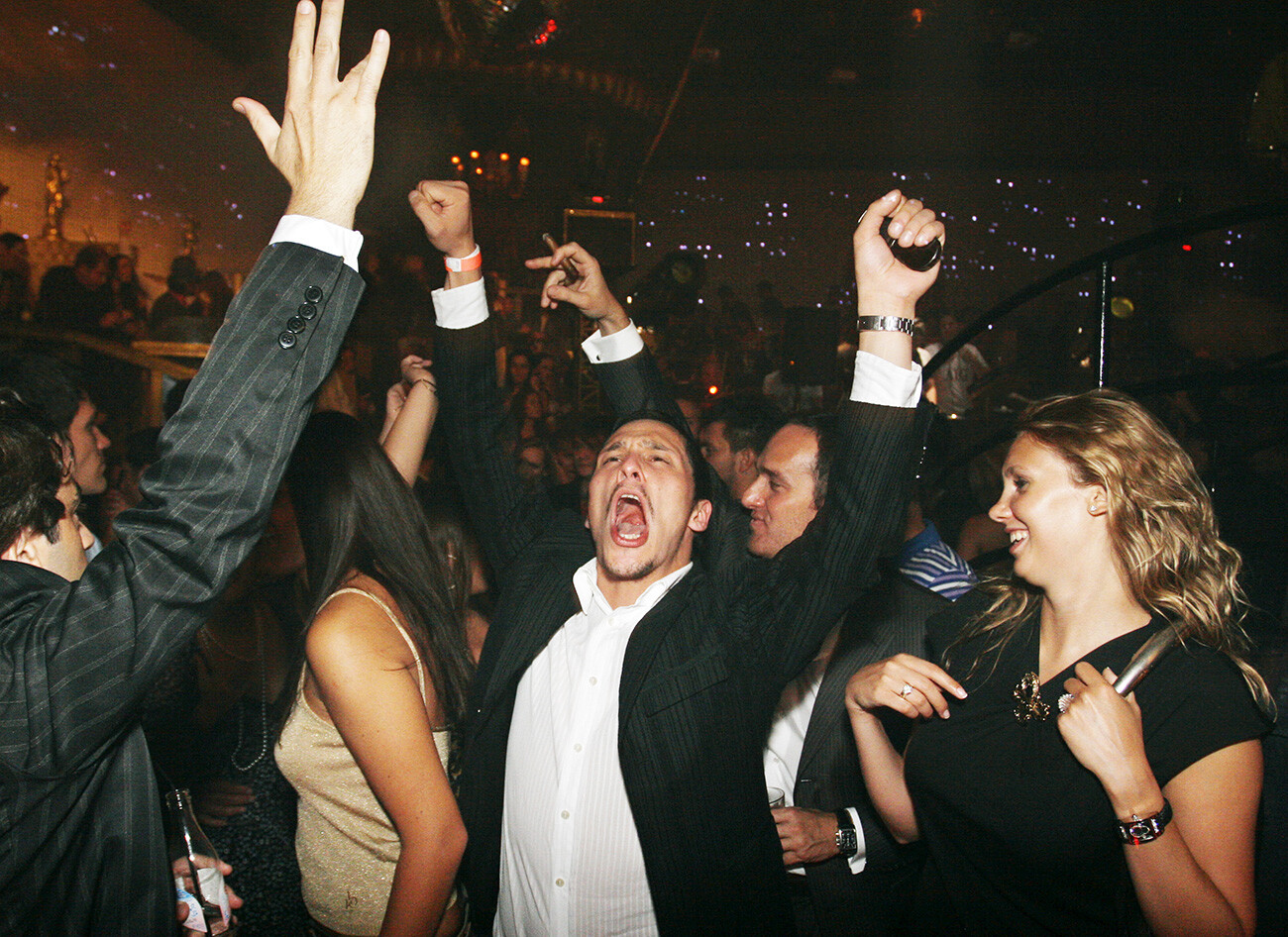
‘Dyagilev’ used to be a symbol of Moscow glamor of the late 2000s. Initially hosting massive raves, the place later calmed down a little, gradually transforming into a club for only the creme de la creme of the town: people often referred to it as the place where all of the capital’s money was gathered.
Even international stars could often be seen inside back in the day - Shakira, Enrique Iglesias, Roger Sanchez and many others. Many were there to play one-off performances for the Moscow elite. Ordinary folks always had trouble getting in.
Its reputation for being an unassailable fortress was garnered thanks to “Pasha FaceControl” - the actual nickname of the guy at the door. He always had the final say on who got in, which earned him many friends - and enemies - back in the day. Pasha used to say he would simply observe how the person carried themselves, what car they drove and that would be an obvious indicator of their financial standing.
“Those with less money chill below. They don’t have access to the upper zone. Those with more, get access to the ‘imperial lodge’. Those guys watch these guys - and vice versa. The more elevated your seating area, the cooler you were,” he recalled of the club’s unspoken pecking order.
The nightclub shut down due to a massive fire in 2008, which destroyed the building. No official reason was ever given, aside from the usual “short circuit” line, which almost the entire city believes was an excuse.

Opened in 2000, Tochka managed to win over its audience with rock acts. One of its biggest nights used to be called ‘Getting Into Tochka’, featuring up and coming bands. Fridays and Saturdays, however, played host to massive Russian bands, the likes of Leningrad, Nochnye Snaipery, Stigmata, Slota and many others.
The club had a capacity of about 1,500 people. There was also a pool hall, a restaurant and four bars. Despite its ongoing success, ‘Tochka’ shut down in 2011.
One of the most chaotic places in Moscow was situated in the basement of the famous Stalinist high-rise on Kudrinskaya Square (and almost universally hated by the building’s residents). Massive crowds showed up every night for the cheap tequila and the opportunity to meet someone. Regulars remember the atmosphere being akin to the movie ‘Coyote Ugly’, with its chaos, rock’n’roll and table dancing. Fancy dress parties and other special nights were a regular spectacle. There was a saying going around at the time: “If you never slept at McCoy, you’ve never been to McCoy,” owing to the club’s biggest fans often passing out in the unlikeliest of places.
“The atmosphere and drunken debauchery couldn’t be found anywhere else,” says Kristina, a regular. “Even security was very attentive, covering up any sleeping people with blankets.”
‘The Real McCoy’s story came to a close on a tragic note: the club shut down in 2013, due to the accidental death of one of the visitors during the club’s 10th anniversary party.
If using any of Russia Beyond's content, partly or in full, always provide an active hyperlink to the original material.
Subscribe
to our newsletter!
Get the week's best stories straight to your inbox